The British cellist remembers bumps in the road that led him to remortgage his house to pay for the c.1690 ‘Barjansky’ Stradivari
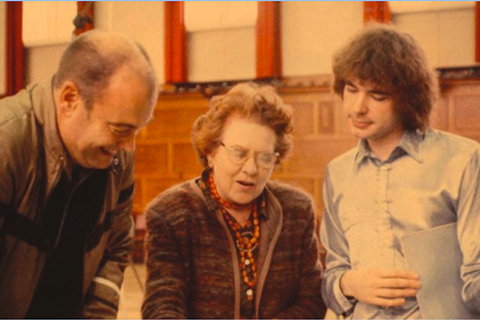
The following extract is from The Strad’s May issue cover feature celebrating cellist Julian Lloyd Webber’s career. To read it in full, click here to subscribe and login. The May 2021 digital magazine and print edition are on sale now
Having moved on from his first full-size cello, a Joseph Hill, Lloyd Webber was by now playing an instrument by renowned French luthier Paul Bailly, of which he was particularly fond. However, as he began to get more solo engagements, the time came to find something more sophisticated, and through J.&A. Beare he managed to obtain a 1690 cello – a possible Giovanni Grancino. This was in January 1974, yet despite having high hopes for the instrument, on which he made several early recordings, he now candidly admits he was never that happy with it: ‘On paper, it should have been a match made in heaven, but to be completely honest, now that my playing days are over, all I can remember about my time with the Grancino was how much I wished I could have been playing another instrument! It had very little bass worth speaking of, and I wasn’t all that enamoured with its basic sound.
‘After six years of soldiering on with the Grancino,’ Lloyd Webber recalls, ‘I decided it was time to invest in a top-notch instrument, which turned out to be a 1791 Giuseppe Guadagnini. It was a great improvement on the Grancino, but it still lacked the necessary depth in the bass register.’ Following three years with the Guadagnini, which included a number of important recordings, he became ‘fairly desperate to move on’. In 1983, he purchased the c.1690 ‘Barjansky’ Stradivari (see page 32) at auction for an eye-watering amount – allowing for inflation, around £560,000 in today’s money. It involved him having to remortgage his house and take out a substantial bank loan. ‘By then, I was enjoying a successful career as a concert artist, but was earning nowhere near enough to cover the cost of the Strad,’ he remembers, turning pale at the thought. ‘It really was something of a gamble at the time, because I hadn’t even had a chance to try it out in concert, and it had sat, unplayed, in a bank vault for several years before I acquired it. In fact, as I gradually played it in over the first few months, it was so unpredictable at times that I wondered if I’d made a terrible mistake in buying it.
Read Julian Lloyd Webber: A glittering career
Read ‘I felt the power suddenly go from my bowing arm’ – Julian Lloyd Webber on facing the unthinkable
’Yet it was clear from the start that it was in a different league from any instrument Lloyd Webber had owned before: ‘What immediately struck me was the extraordinary quality of its A string and bass sound. It is also a superb instrument for recording, as you can come in really close with the microphones and it still sounds glorious. It involved a shift in playing perspective, because whereas with my previous cellos I had always dictated the sound, now it was more a partnership of equals. It is not an instrument that reveals its distinctive qualities immediately – you have to work with it for a while to discover how to get the best out of it. I played it with the greatest pleasure from 1983 until I was forced to stop playing in 2014. Now, I’m pleased to say, it has a distinguished new custodian – Kian Soltani.’
-
This article was published in the May 2021 Julian Lloyd Webber issue
The British cellist celebrates his 70th birthday by looking back over a long and rewarding career. Explore all the articles in this issue .Explore all the articles in this issue
More from this issue…
- British cellist Julian Lloyd Webber
- Crafting Stradivari’s early cellos
- Ysaÿe’s String Trio no.2
- Violinist Boris Begelman records Vivaldi
- Italian luthier Azzo Rovescalli (
- Changing violin encore trends
Read more playing content here
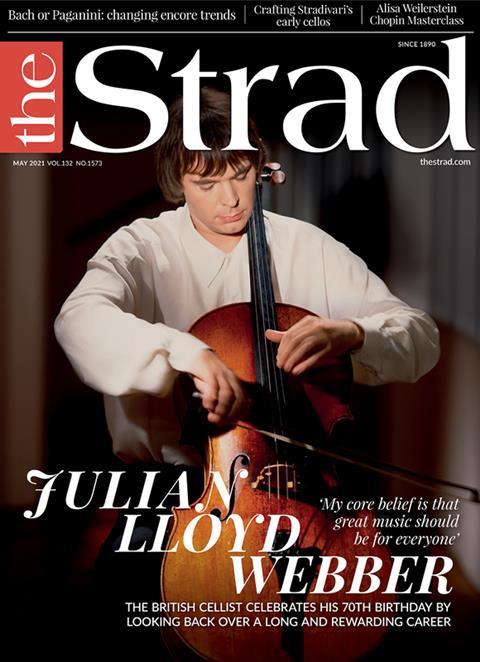
Janine Jansen: A spiritual connection
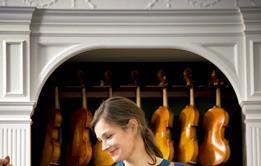
Even for one of the most revered violinists, it is a daunting task to get to know twelve of the world’s finest Stradivaris, many with jaw-dropping pasts, within only a few weeks. Janine Jansen talks to Pauline Harding about how she did just that for a new recording and documentary
- 1
- 2
- 3
- 4
- 5
 Currently
reading
Currently
reading
‘On paper, it should have been a match made in heaven’ – Julian Lloyd Webber on his struggle to find the right cello
- 7
- 8
- 9


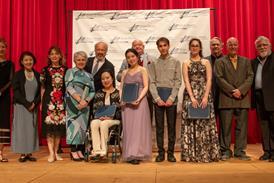
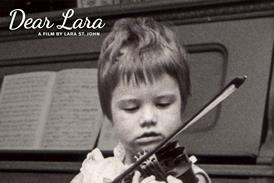
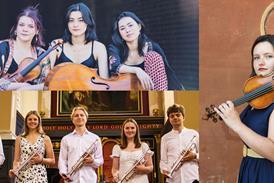























































No comments yet